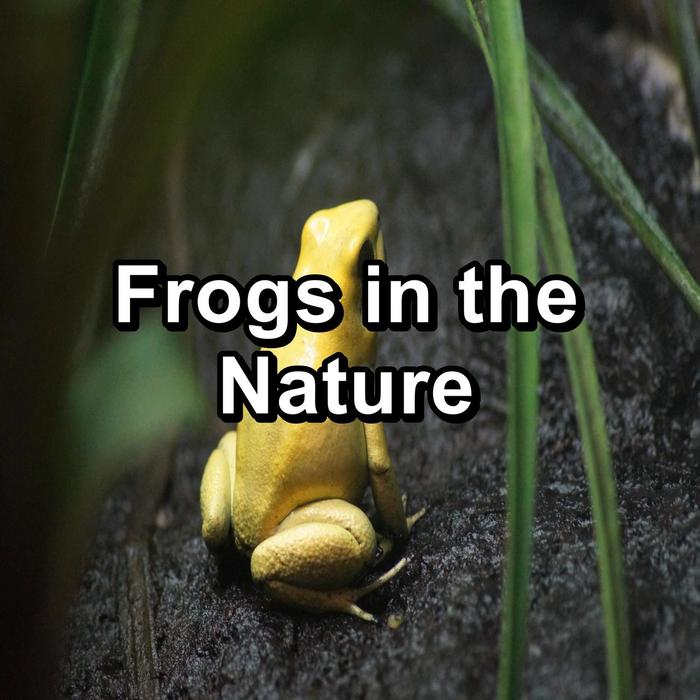What Attracts Frogs: Discovering the Secrets Behind Their Luring Habitats
#### What Attracts FrogsFrogs are fascinating creatures that captivate the interest of many nature enthusiasts. Understanding what attracts frogs can help i……
#### What Attracts Frogs
Frogs are fascinating creatures that captivate the interest of many nature enthusiasts. Understanding what attracts frogs can help in conservation efforts, gardening, and simply appreciating these amphibians in their natural habitats. Frogs are drawn to specific environments and conditions that support their life cycles, and recognizing these factors can enhance our interactions with them.
#### Habitat
One of the primary factors that attract frogs is their habitat. Frogs thrive in moist environments, such as wetlands, ponds, and marshes. These areas provide essential resources like water for breeding, food sources, and shelter from predators. When creating a frog-friendly garden or habitat, it’s crucial to include water features, such as small ponds or even birdbaths, to mimic their natural environment.
#### Food Sources

Another significant factor that attracts frogs is the availability of food. Frogs are carnivorous and primarily feed on insects, worms, and other small invertebrates. A garden that is rich in biodiversity, particularly with a variety of insects, can be very appealing to frogs. Planting native flora can help maintain a healthy ecosystem that supports these food sources, making it more likely for frogs to visit and inhabit the area.
#### Shelter
Frogs also seek shelter to protect themselves from predators and harsh weather conditions. Dense vegetation, rocks, and logs can provide the perfect hiding spots for frogs. Incorporating these elements into your garden or outdoor space can create a welcoming environment for frogs. Additionally, leaving some areas of your yard wild and untamed can encourage frogs to take up residence.
#### Temperature and Humidity

The temperature and humidity levels in an area are crucial in attracting frogs. Frogs are ectothermic, meaning they rely on external sources to regulate their body temperature. They are most active during warm, humid nights, which makes these conditions ideal for attracting them. To create a frog-friendly environment, consider planting trees and shrubs that provide shade during the day, while also ensuring that there are moist areas available for them to cool off.
#### Sounds and Mating Calls
The sounds produced by frogs also play a significant role in attracting them to certain areas. Male frogs often call out to attract females during the mating season. The presence of other frogs can indicate a suitable environment for breeding. Creating an inviting atmosphere that includes water features can encourage frogs to gather and breed, enhancing the overall frog population in your area.
#### Conservation Efforts

Understanding what attracts frogs is not only beneficial for personal enjoyment but also for conservation efforts. Many frog species are declining due to habitat loss, pollution, and climate change. By creating frog-friendly environments, we can contribute to their survival and promote biodiversity. Engaging in local conservation initiatives and educating others about the importance of preserving amphibian habitats can have a lasting impact.
In conclusion, what attracts frogs encompasses a variety of factors, including habitat, food sources, shelter, temperature, humidity, and sounds. By understanding these elements, we can create environments that support and nurture frog populations. Whether for gardening, conservation, or simply enjoying nature, recognizing what attracts frogs can lead to a deeper appreciation for these remarkable amphibians.